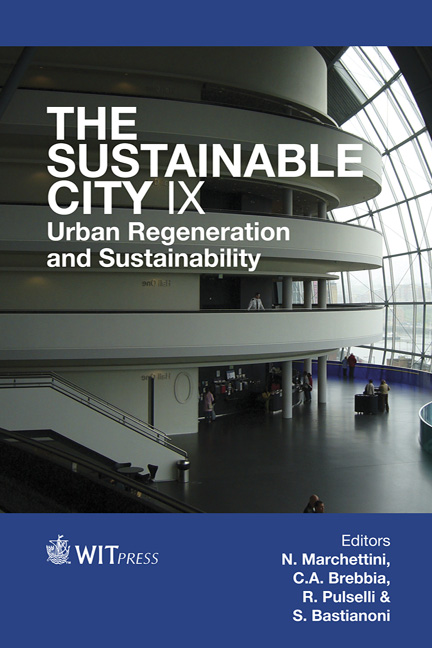Beyond The Conceivable? Pondering A City Without Walls In South Africa
Price
Free (open access)
Transaction
Volume
191
Pages
14
Page Range
595 - 608
Published
2014
Size
297 kb
Paper DOI
10.2495/SC140501
Copyright
WIT Press
Author(s)
M. M. Marks, C. Overall
Abstract
In the late apartheid period South African suburbs began to change dramatically in the way they looked and in the way in which they were designed. Essentially, housing was designed with the aim of keeping ‘intruders’ out. This meant a turn toward increasingly high walls, electrified fences and laser beams. Alongside these ‘investments’ and design innovations came a massive growth of the private security industry. A new mentality emerged which focused on the fortification of home and office space. This mentality, at least initially, was strongly supported and bolstered by the private security industry who had a real vested interest in this rush to monitor space and to harden security. Yet, whether or not high walls and electrified fences do in fact reduce experiences of crime victimisation for individual home owners and residents is up for debate. And the private security industry as well as the public police are now suggesting that walls might not provide the security that home owners believe they do. This research is aimed at interrogating whether walls, electric fences, beams and so on really do reduce fear of crime and victimisation, from the perspective of those who do the policing, i.e. the public and private. The aim here is to discover whether policing actors view walls as a help or a hindrance to policing and security governance. The ‘praxis’ goal of this research is, through public engagement, to shift paradigms about walls and security.
Keywords
suburbs, design, walls, security, policing, South Africa, fear of crime





